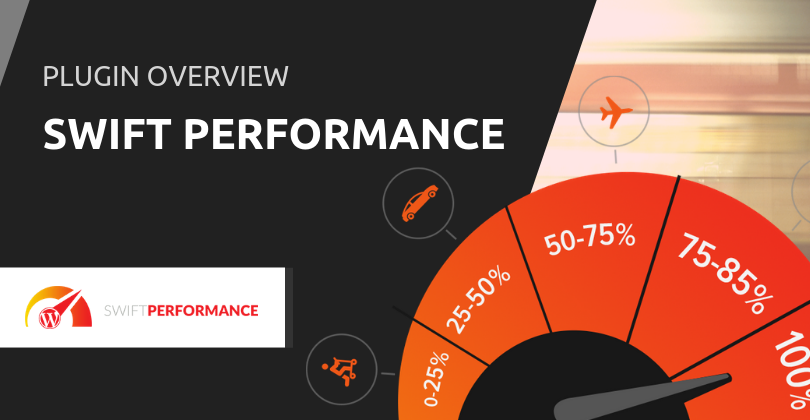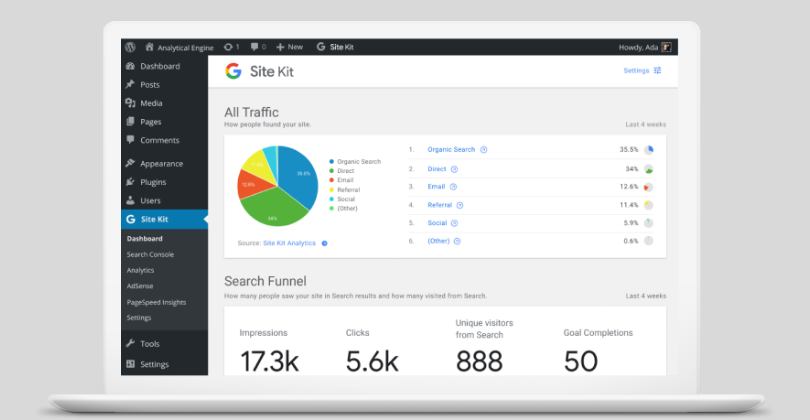WooCommerce is the e-commerce platform of choice for WordPress, and along with Magento, underpin the bulk of self-hosted e-commerce stores.
That being said, it is surprising to see how many companies spend thousands, if not tens of thousands of dollars, on developing a store only to host in on the cheapest possible platform.
As we are passionate about web hosting, this is often akin to being a car fanatic who is watching the tragedy of seeing someone purchasing a Ferrari yet putting the cheapest low-octane petrol in it. Often retailers forget how much rent they pay for a physical shopfront location in a major shopping centre and forget that their online presence, which has been heavily invested in, also requires a premium platform to deliver its utmost sales potential.
In many cases, a reliable Toyota Corolla will suffice, and there are ways to optimise WooCommerce to run more smoothly on a shared account. Thus, this blog post is intended for those that have reached a point where they need to step up to a more robust solution, which is often a good thing; a measure of a growing business.
Benefits of WooCommerce on a Virtual Dedicated Server
The software technology mix: The lion of share of hosting packages that are not on dedicated servers run on the industry standard shared hosting platform, the ‘cPanel’. Whilst cPanel has a brilliant feature set, there are still modern technologies that are not supported by this platform. One of the most prominent missing technologies, at the time of writing of this article, is cPanel’s lack of NGINX support (as a replacement for Apache). This web server is viewed by those in the industry as having far superior speed and concurrency benefits over Apache (the only webserver that cPanel ships with).
On a dedicated VDS, the only limitations of the software you choose to operate with are the skill set of the system administrator configuring the server for you. Having the ability to tweak individual settings for every component of the environment can often yield excellent results, tailoring the environment to your website rather than a one-size-fits-all approach.
Shared hosting limitations: The majority of shared web hosting packages have strict limitations on resource usage. These include limiting your website by the amount of concurrent PHP processes, the speed of disk to read and write data, the amount of CPU that can be used, and the memory consumption of the website. These restraints are the results of a technology called ‘CloudLinux’ – which the majority of cPanel web hosting providers use.
These limits are designed to protect all accounts on a server from being able to use more resources than allocated to them, as well as to enhance the quality of service to all websites across the machine. In practice, this is good. But if your website receives an influx of traffic, the website will not just slow down, visitors will be outright denied by the server to access your website with a ‘508 – Resource Limit is Reached’ error.
A virtual dedicated server (VDS) hosting has no requirement to have such limits. It will slow down under load until all resources have been consumed, rather than having hard limitations that a website on a shared platform will face.
The ability to scale: Having the ability to scale is paramount to any e-commerce store that may get unexpected exposure (a news article featuring them, or a press release), which may need to be able to handle a large influx of visitors in a short time.
Having a VDS means that your host can allocate you a large amount of resources rapidly if the need arises, especially if you provide them with notice prior to the situation happening. This can also be said forth if the company is expecting a flash sale to allow for increased concurrency of visitors on the e-store.
When your application is in a shared environment, situations like these may lead to the website going offline – wasting valuable exposure and frustrating potential customers.
Dedicated resources: Depending on the virtualisation platform, a lot of providers offer dedicated resources and a dedicated operating system (OS) as part of their VDS offering. This allows you to fully utilise the resources you purchased to run your WooCommerce store. Shared platforms providers often offer limits, and there’s no guarantee that the resources will always be there for you to utilise.
Moreover, with shared platforms, there are a lot of providers who over-provision their services in order to keep profit margins high whilst also keeping prices low.
By having a VDS with dedicated resources, the quality of service of your website is improved significantly.
Monitoring and management: Many providers who offer Virtual Dedicated Servers can offer management- and monitoring-based services that guarantee your WooCommerce website’s round-the-clock availability. Whereas, on a shared platform, seldom are services provided to monitor the availability of your website. Usually, it relies on the store owner to advise the web host when their website is down or having issues.
Better quality WooCommerce hosting providers that offer virtual dedicated servers will also monitor stores for unexpected issues, such as HTTP errors in the 500-504 range with alerts and resolutions on a 24/7 basis. These services give the store owner peace-of-mind. If their website becomes unavailable, the hosting team is always on the lookout and will react and resolve the issue without interaction on their behalf.
Traditional hosting packages offer guarantees around their platform being available, but without any concern for individual sites availability on that platform.
In conclusion, shared hosting is fine until you get significant volumes of inventory and/or high traffic on your WooCommerce store. If the hosting platform can’t handle this, then you risk the infamous ‘508 – Resource Limit is Reached’ error, as mentioned before. It may even hinder your ability to administer your inventory via the back-end, impacting productivity as well as sales.




